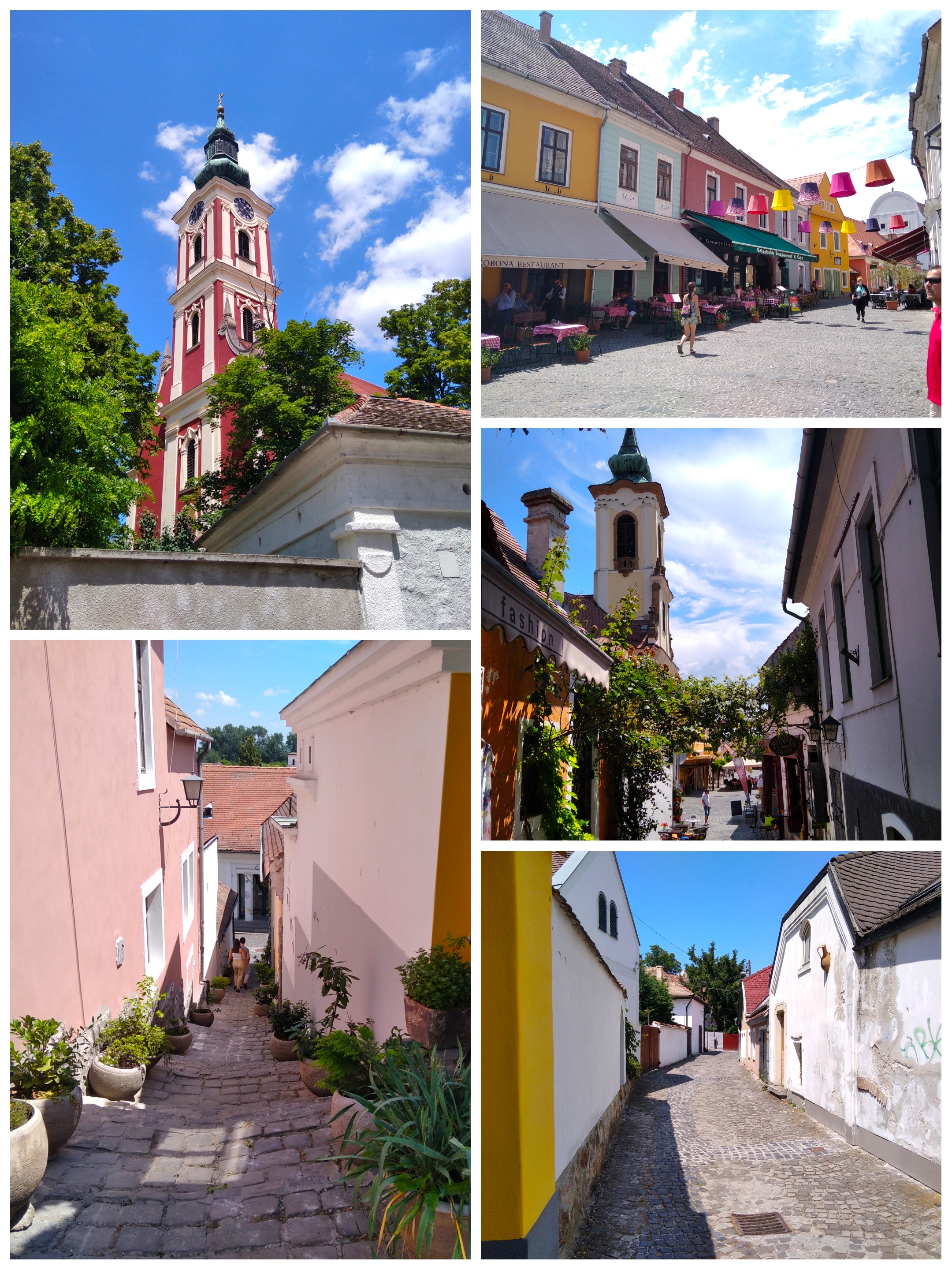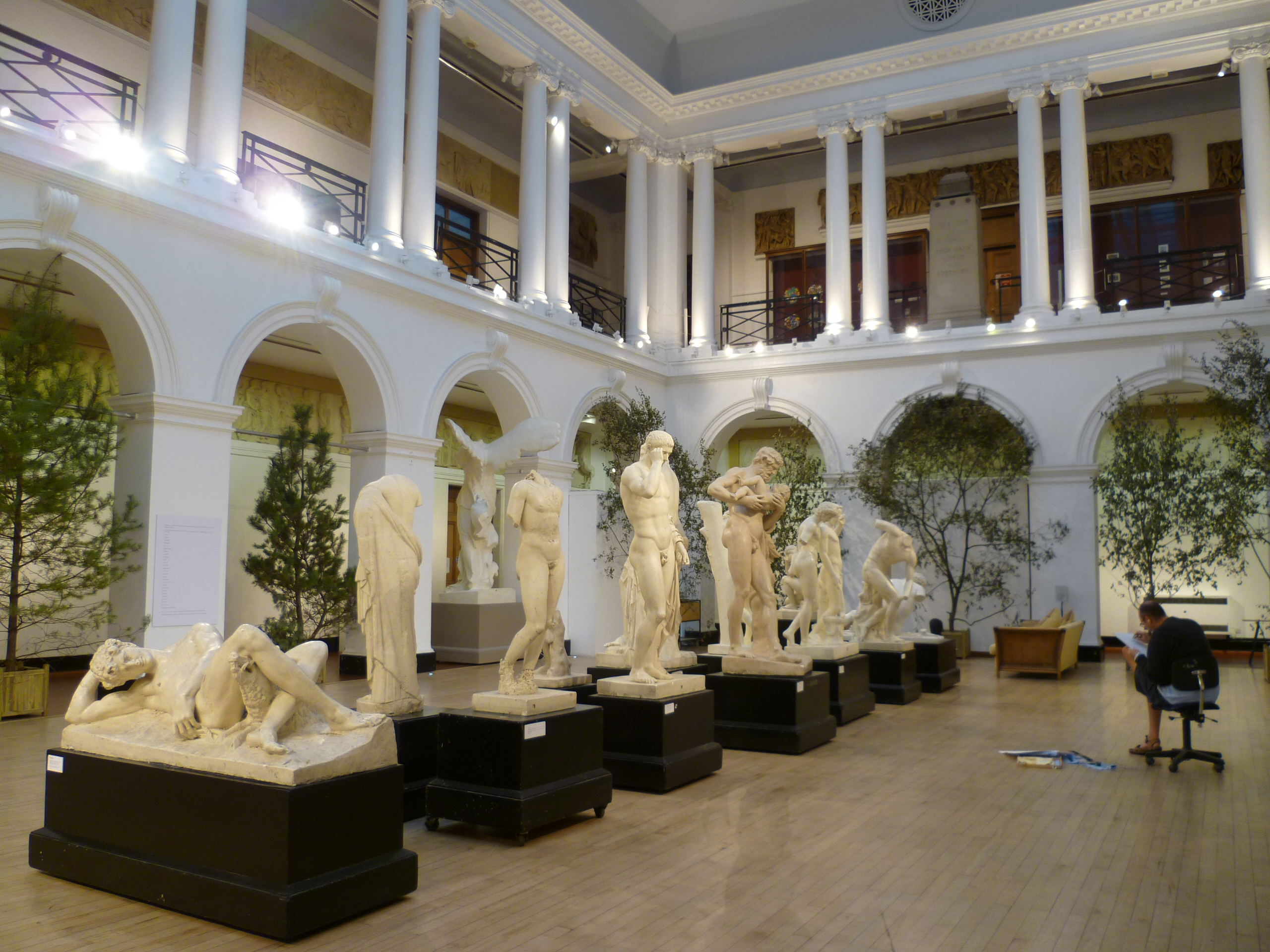|
Lilla Bodor
Lilla Bodor (born 1979) is a Hungarian painter. The artist presents the spaces of our lives filtered by a real convex mirror and the curved mirror of her imagination as well. Two of the capital features of Lilla Bodor’s creating practice, the usage of tondo – the round picture formats, and the bending of the painted spaces, figures, objects. About Lilla Bodor's paintings The main topics of the paintings depicting the reflections are mostly inner spaces and female figures. She reflects the world in a convex mirror and she further interprets this view in the arrangement and painting of her pictures. Education *2001–2007 Hungarian University of Fine Arts, Budapest *2006 Erasmus Scholarship at Edinburgh College of Art. Social memberships *National Association of Hungarian Creative ArtistsHungarian: Magyar Alkotóművészek Országos Szövetsége (member, 2007-). Awards *2007 Béla Gruber Award. Selected exhibitions *2002 Language of colours. Hungarian Universit ... [...More Info...] [...Related Items...] OR: [Wikipedia] [Google] [Baidu] |
Tondo (art)
A tondo (plural "tondi" or "tondos") is a Renaissance term for a circular work of art, either a painting or a sculpture. The word derives from the Italian ''rotondo,'' "round." The term is usually not used in English for small round paintings, but only those over about 60 cm (two feet) in diameter, thus excluding many round portrait miniatures – for sculpture the threshold is rather lower. A circular or oval relief sculpture is also called a roundel. History Artists have created tondi since Greek antiquity. The circular paintings in the centre of painted vases of that period are known as tondi, and the inside of the broad low winecup called a '' kylix'' also lent itself to circular enframed compositions. The style was revived in the fifteenth and sixteenth centuries, particularly in Italy, where it may have developed from the smaller desco da parto or birthing tray. Since then it has been less common. In Ford Madox Brown's painting '' The Last of England'', the sh ... [...More Info...] [...Related Items...] OR: [Wikipedia] [Google] [Baidu] |
Dunaújváros
Dunaújváros (; also known by other alternative names) is an industrial city in Fejér County, Central Hungary. It is a city with county rights. Situated 70 kilometres (43 miles) south of Budapest on the Danube, the city is best known for its steelworks, which is the largest in the country. It was built in the 1950s on the site of the former village of Dunapentele and was originally given the name of Sztálinváros before acquiring its current name in 1961. Geography Dunaújváros is located in the Transdanubian part of the Great Hungarian Plain (called Mezőföld), south of Budapest on the Danube, Highway 6, Motorways M6, M8 and the electrified Budapest-Pusztaszabolcs-Dunaújváros-Paks railway. Etymology and names The city replaced the village of ''Dunapentele'' ("Pantaleon up on the Danube"), named after Saint Pantaleon.Antal Papp: Magyarország (Hungary), Panoráma, Budapest, 1982, , p. 860, pp. 542–544 The construction of this new industrial city started in 1949 an ... [...More Info...] [...Related Items...] OR: [Wikipedia] [Google] [Baidu] |
Hungarian University Of Fine Arts Alumni
Hungarian may refer to: * Hungary, a country in Central Europe * Kingdom of Hungary, state of Hungary, existing between 1000 and 1946 * Hungarians, ethnic groups in Hungary * Hungarian algorithm, a polynomial time algorithm for solving the assignment problem * Hungarian language, a Finno-Ugric language spoken in Hungary and all neighbouring countries * Hungarian notation, a naming convention in computer programming * Hungarian cuisine Hungarian or Magyar cuisine is the cuisine characteristic of the nation of Hungary and its primary ethnic group, the Magyars. Traditional Hungarian dishes are primarily based on meats, seasonal vegetables, fruits, bread, and dairy products. ..., the cuisine of Hungary and the Hungarians See also * * {{disambiguation Language and nationality disambiguation pages ... [...More Info...] [...Related Items...] OR: [Wikipedia] [Google] [Baidu] |
1979 Births
Events January * January 1 ** United Nations Secretary-General Kurt Waldheim heralds the start of the ''International Year of the Child''. Many musicians donate to the ''Music for UNICEF Concert'' fund, among them ABBA, who write the song ''Chiquitita'' to commemorate the event. ** The United States and the People's Republic of China establish full Sino-American relations, diplomatic relations. ** Following a deal agreed during 1978, France, French carmaker Peugeot completes a takeover of American manufacturer Chrysler's Chrysler Europe, European operations, which are based in United Kingdom, Britain's former Rootes Group factories, as well as the former Simca factories in France. * January 7 – Cambodian–Vietnamese War: The People's Army of Vietnam and Vietnamese-backed Kampuchean United Front for National Salvation, Cambodian insurgents announce the fall of Phnom Penh, Cambodia, and the collapse of the Pol Pot regime. Pol Pot and the Khmer Rouge retreat west to an area ... [...More Info...] [...Related Items...] OR: [Wikipedia] [Google] [Baidu] |
Living People
Related categories * :Year of birth missing (living people) / :Year of birth unknown * :Date of birth missing (living people) / :Date of birth unknown * :Place of birth missing (living people) / :Place of birth unknown * :Year of death missing / :Year of death unknown * :Date of death missing / :Date of death unknown * :Place of death missing / :Place of death unknown * :Missing middle or first names See also * :Dead people * :Template:L, which generates this category or death years, and birth year and sort keys. : {{DEFAULTSORT:Living people 21st-century people People by status ... [...More Info...] [...Related Items...] OR: [Wikipedia] [Google] [Baidu] |
Fehérvárcsurgó
Fehérvárcsurgó is a village in Fejér county, Hungary Hungary ( hu, Magyarország ) is a landlocked country in Central Europe. Spanning of the Carpathian Basin, it is bordered by Slovakia to the north, Ukraine to the northeast, Romania to the east and southeast, Serbia to the south, Croatia a .... References External links * Street map Populated places in Fejér County {{Fejer-geo-stub ... [...More Info...] [...Related Items...] OR: [Wikipedia] [Google] [Baidu] |
Hódmezővásárhely
Hódmezővásárhely (; also known by other alternative names) is a city with county rights in southeast Hungary, on the Great Hungarian Plain, at the meeting point of the Békés-Csanádi Ridge and the clay grassland surrounding the river Tisza. In 2017, it had a population of 44,009. Etymology and names The city's name, which literally translates to ''Beavers' Field Marketplace'', was first mentioned after the unification of two Árpád-era villages, Hód and Vásárhely, the former getting its name after Beaver's lake, an apocope of ''Hód-tó'' (now one of the city's districts and the canal ''Hód-tavi-csatorna)'' and the latter coming from the mediaeval legal term marking settlements with the right of hosting markets and literally meaning market town. The middle term ''mező'', which also refers to the city's state as an ''oppidum'', a city with certain rights that are given by its feudal ruler, was later added to the town and to its name. The city is also known by alternati ... [...More Info...] [...Related Items...] OR: [Wikipedia] [Google] [Baidu] |
Szentendre
Szentendre () is a riverside town in Pest County, Hungary, between the capital city Budapest and Pilis Mountains, Pilis-Visegrád Mountains. The town is known for its museums (most notably the :hu: Szentendrei Szabadtéri Néprajzi Múzeum, Open-Air Ethnographic Museum), galleries, and artists. Due to its historic architecture and easy rail and river access, it has become a destination for tourists staying in Budapest. There are many facilities, including Gift shop, souvenir shops and restaurants, catering to these visitors. Name The name of the town is ultimately based on the Medieval Latin form ' ("St. Andrew"). Because of the diverse mix of nationalities to have once settled in Szentendre, the settlement has a variety of names according to language. The Hungarian language, Hungarian name for the town is '; the Croatian language, Croatian name is '; the German language, German name is '; in Serbian language, Serbian, the name is ' ( sr-Cyrl, Сентандреја); the Slovak ... [...More Info...] [...Related Items...] OR: [Wikipedia] [Google] [Baidu] |
Edinburgh College Of Art
Edinburgh College of Art (ECA) is one of eleven schools in the College of Arts, Humanities and Social Sciences at the University of Edinburgh. Tracing its history back to 1760, it provides higher education in art and design, architecture, history of art, and music disciplines for over three thousand students and is at the forefront of research and research-led teaching in the creative arts, humanities, and creative technologies. ECA comprises five subject areas: School of Art, Reid School of Music, School of Design, School of History of Art, and Edinburgh School of Architecture & Landscape Architecture (ESALA). ECA is mainly located in the Old Town, Edinburgh, Old Town of Edinburgh, overlooking the Grassmarket; the Lauriston Place campus is located in the University of Edinburgh's Central Area Campus, not far from George Square, Edinburgh, George Square. The college was founded in 1760, and gained its present name and site in 1907. Formerly associated with Heriot-Watt University, ... [...More Info...] [...Related Items...] OR: [Wikipedia] [Google] [Baidu] |
Bodor Portre
Bodor is a surname. Notable people with the surname include: * Ádám Bodor (born 1936), Hungarian author * Bob Bodor, American former college football player and coach * Boldizsár Bodor (born 1982), Hungarian footballer * István Bodor (1927–2000), Hungarian sprint canoeist * László Bödör (born 1933), Hungarian footballer * Lilla Bodor (born 1979), Hungarian painter * Mihály Richárd Bodor (born 1962), Hungarian swimmer * Ödön Bodor (1882–1927), Hungarian middle-distance runner and footballer * Richárd Bodor (born 1979), Hungarian swimmer * Tibor Bodor (1921–2000), Hungarian actor See also *Bodo (other) *Bodorova (other) *Boudoir A boudoir (; ) is a woman's private sitting room or salon in a furnished residence, usually between the dining room and the bedroom, but can also refer to a woman's private bedroom. The term derives from the French verb ''bouder'' (to sulk ... {{surname de:Bodor fr:Bodor nl:Bodor ... [...More Info...] [...Related Items...] OR: [Wikipedia] [Google] [Baidu] |
Budapest
Budapest (, ; ) is the capital and most populous city of Hungary. It is the ninth-largest city in the European Union by population within city limits and the second-largest city on the Danube river; the city has an estimated population of 1,752,286 over a land area of about . Budapest, which is both a city and county, forms the centre of the Budapest metropolitan area, which has an area of and a population of 3,303,786; it is a primate city, constituting 33% of the population of Hungary. The history of Budapest began when an early Celtic settlement transformed into the Roman town of Aquincum, the capital of Lower Pannonia. The Hungarians arrived in the territory in the late 9th century, but the area was pillaged by the Mongols in 1241–42. Re-established Buda became one of the centres of Renaissance humanist culture by the 15th century. The Battle of Mohács, in 1526, was followed by nearly 150 years of Ottoman rule. After the reconquest of Buda in 1686, the ... [...More Info...] [...Related Items...] OR: [Wikipedia] [Google] [Baidu] |
Hungarian University Of Fine Arts
The Hungarian University of Fine Arts ( Hungarian: ''Magyar Képzőművészeti Egyetem'', MKE) is the central Hungarian art school in Budapest, Andrássy Avenue. It was founded in 1871 as the Hungarian Royal Drawing School ''(Magyar Királyi Mintarajztanoda)'' and has been called University of Fine Arts since 2001. History Until the mid-19th century, Hungarian artists were learning fine arts in Western European academies. The National Society of Hungarian Fine Arts (Országos Magyar Képzőművészeti Társulat) founded in 1861 was initiating the establishment of a Hungarian school of fine arts. Owing to this movement the Hungarian Royal Drawing School and Art Teachers’ College ''(Magyar Királyi Mintarajztanoda és Rajztanárképezde)'' was opened in 1871. The present-day building of the university was built in 1877, designed by Alajos Rauscher and Adolf Lang. In later decades, the school developed programs for training not only painters and sculptors, but artist-craftsmen ... [...More Info...] [...Related Items...] OR: [Wikipedia] [Google] [Baidu] |



_(cropped_v2).jpg)




